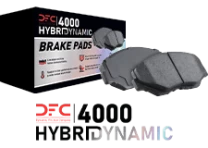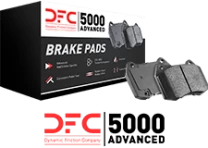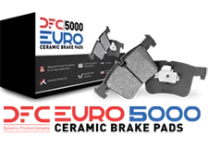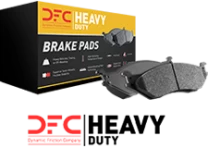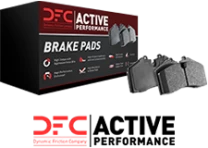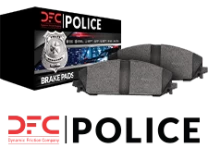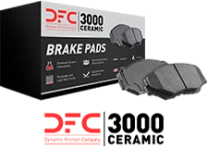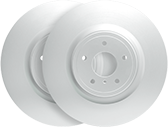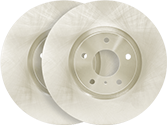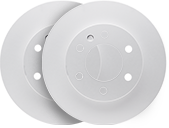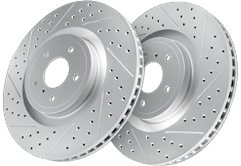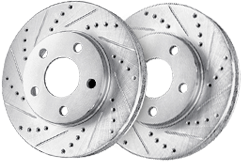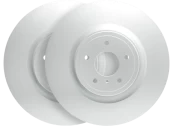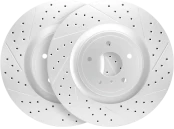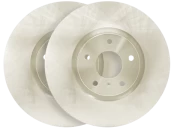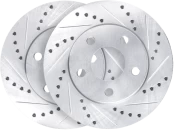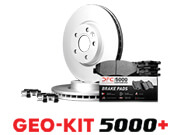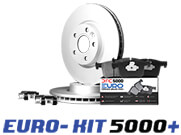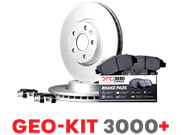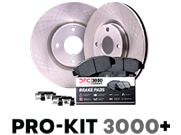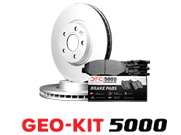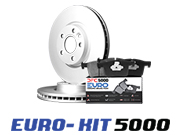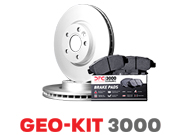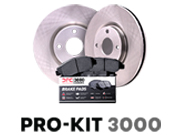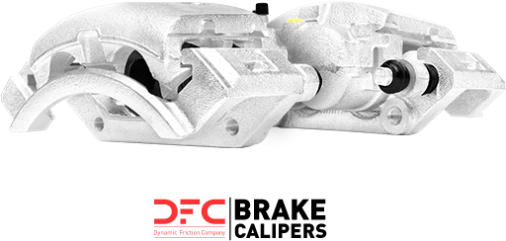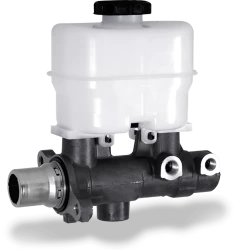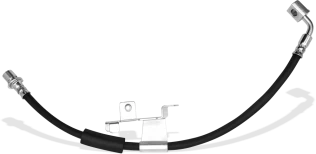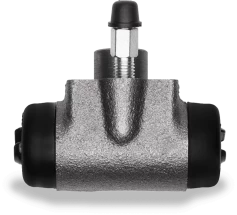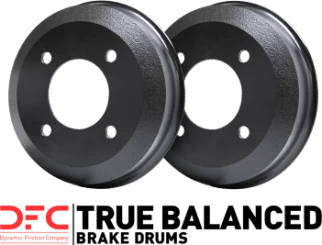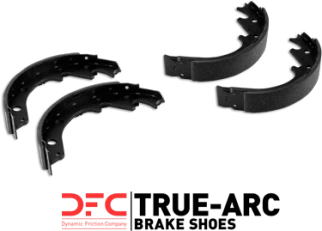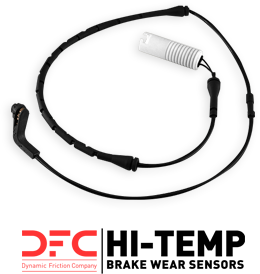
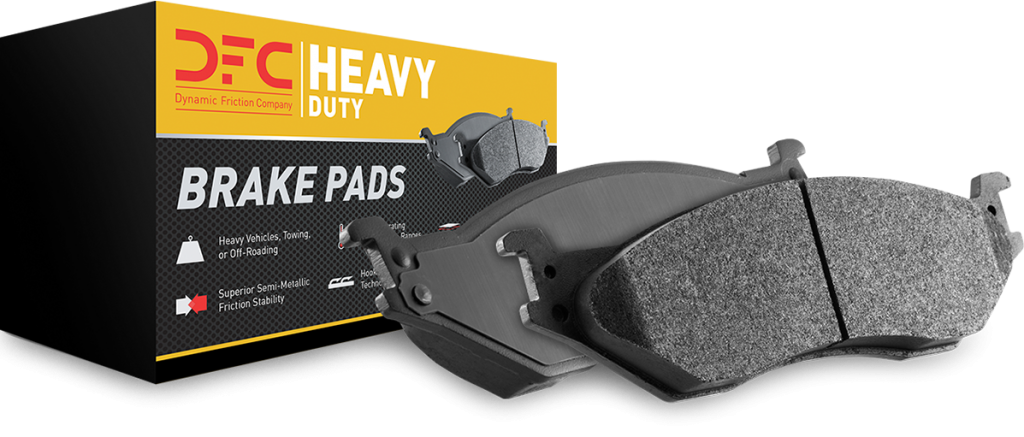
Choosing the Right Brake Pads: Fleet vs. OE Pads
In the latest segment of Tech Talks, Dino and Dan dive into the topic of selecting the appropriate brake pads for different applications, specifically comparing Fleet pads with Original Equipment (OE) pads. Understanding when to use each type can significantly impact vehicle performance and maintenance efficiency, especially in fleet operations.
Understanding Fleet Pads
Designed for Heavy-Duty Use: Fleet pads are engineered for vehicles that are in constant operation and often carry heavy loads. These pads are built to withstand high heat and continuous usage, which are common in fleet operations.
Preventative Maintenance: Fleet managers rely on these pads to meet their preventative maintenance schedules, ensuring vehicles remain operational and reducing downtime. Whether a vehicle needs to travel 20,000 or 50,000 miles, fleet pads are designed to last through the entire maintenance cycle without compromising performance.
Key Considerations for Fleet Managers
Continuous Operation: Fleet vehicles, especially those used for deliveries or services in hilly or stop-and-go traffic conditions, require pads that can handle constant braking and high temperatures. Fleet pads are specifically designed for these demanding environments.
Heat Resistance: Standard OE pads may wear out faster when subjected to the continuous high heat generated in fleet operations. Fleet pads, on the other hand, are optimized to perform well and wear evenly under such conditions, ensuring safety and reliability.
Availability and Market Demand
Meeting Fleet Needs: With the rise in e-commerce and home deliveries, the demand for fleet vehicles has surged. Ensuring these vehicles have the necessary brake pads available is critical. Having the right brake pads in stock, even for newer models, is essential for maintaining fleet efficiency.
First-to-Market Commitment: The commitment to having brake pads available for new vehicle models ensures that fleet operators can keep their vehicles on the road without interruption. This proactive approach helps avoid the pitfalls of running out of necessary parts and the subsequent operational downtime.
Conclusion
Choosing the right brake pad is essential for maintaining the efficiency and safety of fleet vehicles. While OE pads are sufficient for standard use, fleet pads are crucial for heavy-duty, continuous operation environments. By understanding the specific needs of fleet operations and the capabilities of different brake pads, fleet managers can make informed decisions that enhance vehicle performance and reduce downtime.

 UNITED STATES
UNITED STATES
